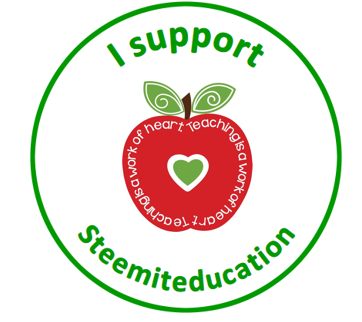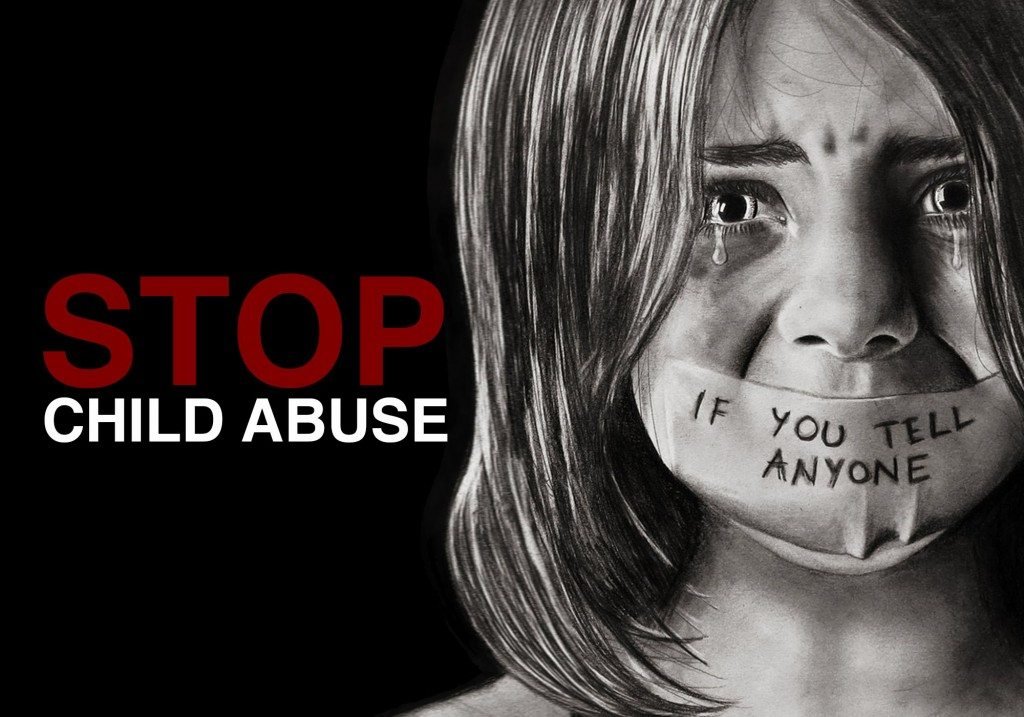Today, there have been a rise of occurrence in cases related to violence against children. This is not just happening in Indonesia, but as well as in other countries. What we consider as the four main categories in the acts of violence against children are the acts of physical abuse, sexual abuse, emotional abuse as well as neglecting these children. While the that is true, violence against children can also involve activities that may be harmful, or potentially dangerous, or even just that which poses as a threat to a child.
Plenty of child abuse cases happens in the child’s own home. In school or in an open environment, these numbers tend to diminish. This may be due to the fact that the children would be able to interact with one another in an open environment.
The occurrence of a child abuse usually happen when the kids are going through their basic level education. One example of such a case is when a teacher gives a rough treatment to a child who may have made a mistake. These types of treatment are considered very dangerous as it can directly impact and affect the growth and development of a child’s psychology. The same can be said for the bullying that can happen with students in class. Just by not being able to complete a certain task, the student should not be made fun of, and instead, should be taught how to complete it. Doing so can impact mental decline in children.
Child abuse can definitely hit the student’s spirit and creativity as they continue on in life. Those who have experienced the violence dealt by physical child abuse will also experience prolonged trauma, vengeful tendencies, as well as show deviant behaviors as they go along. Nowadays, it is no longer uncommon to find students attempting to, or even able to, kill their teachers out of revenge over a mishap in class. The same can also be said at home, a family environment.
These are some of the impacts that could arise from child abuse:
1. Physical Violence
This behavior can be found in children who were abused as a child. This is something you can observe from the child as he grow, usually happening at home as well as in school. The harsh treatment experienced as a child will be applied to the environment causing a child to become angry all the time. As he grows older and eventually becomes a parent, his experience fueled anger can also be applied to his family, something that he felt as a child.
2. Psychological Violence
Violence in this form can bear no evidence, but will remain carved in the hearts and minds of children. Children who are often screamed at, bullied, or even scolded all the time, tends to become a quiet person, while others can display rebellious tendencies. There are also others who ultimately withdraw from the environment, and worse, acquire a mental disorder from the prolonged mental stresses he endured.
3. Negligence of Children
Children who are neglected by their loved ones are often found to be solitary people. People who finds it difficult to interact with the environment as well as have difficulty in making adjustments for any situation. There are also tendencies where these children often have trouble finding their identities.
As a response to this ongoing issue of child abuse, we, as teachers as well as parents, should play a role in avoiding violence. Wrong doings should be dealt with through meaningful conversations, an emotional approach, so to speak. Teachers should be able to identify the different backgrounds of their students and find out the real reason behind the negative behaviors being displayed. The key to the formation of a child’s good character is to let them feel comfortable as well as feel loved and appreciated. This then, will free them from the feeling of inequality later on.

This post has been edited by a member of the @blue-pencil team.

